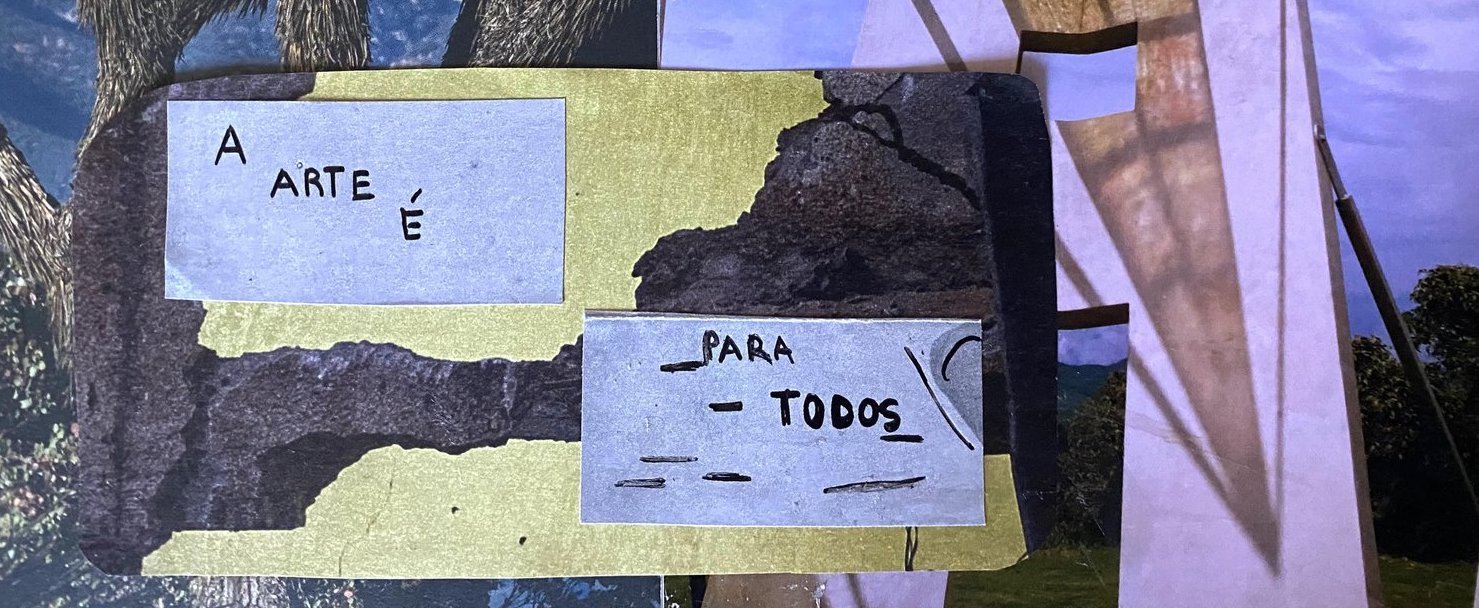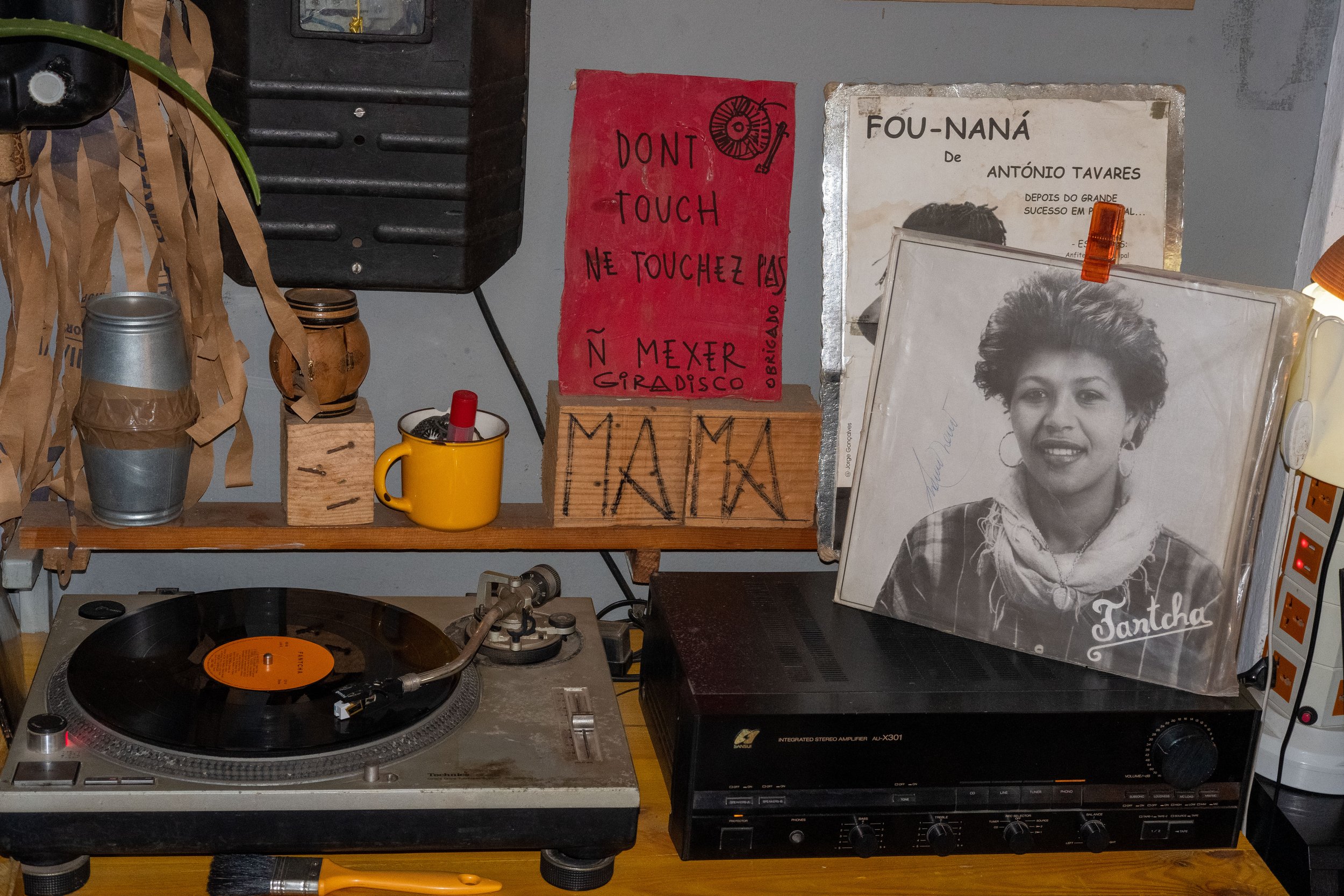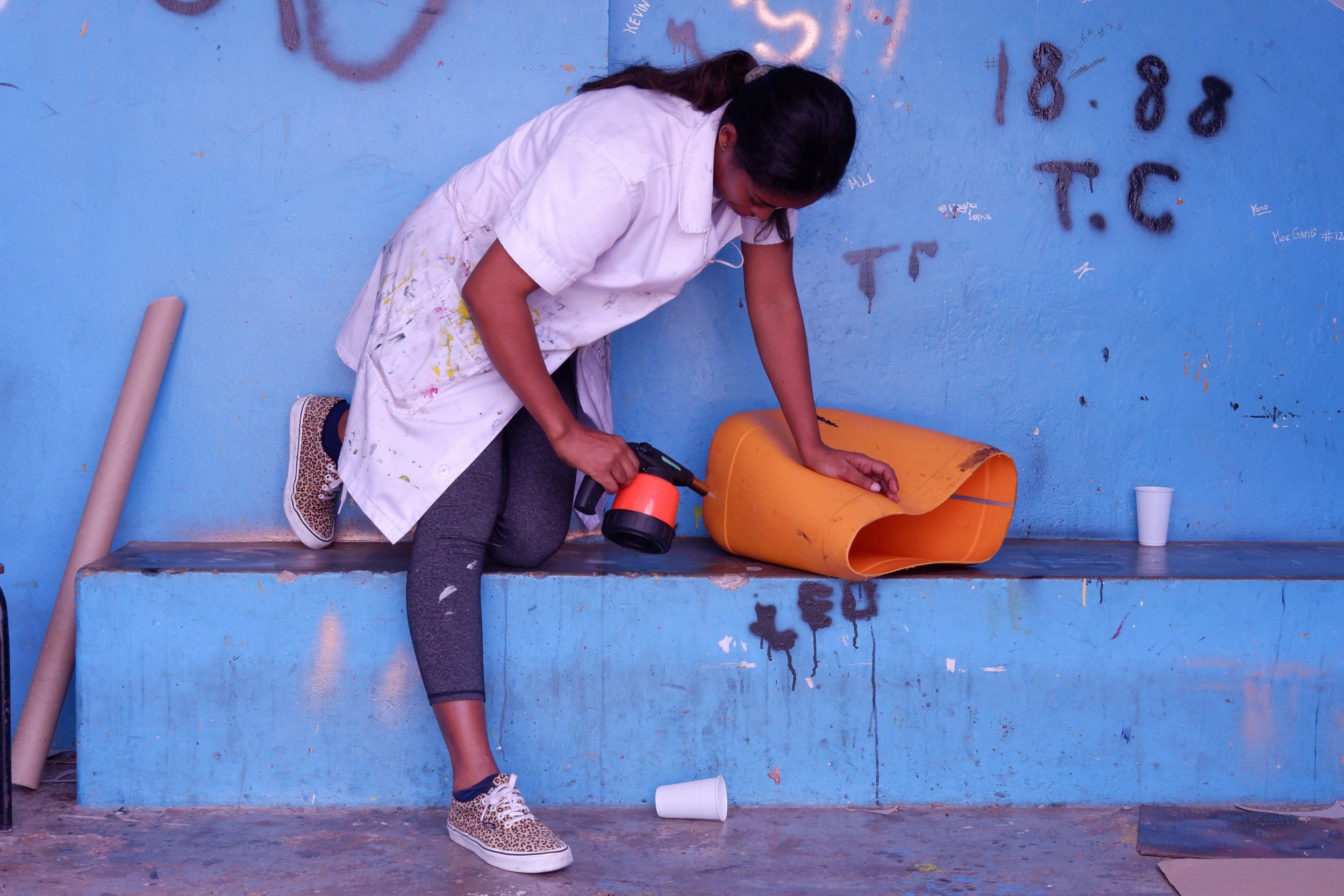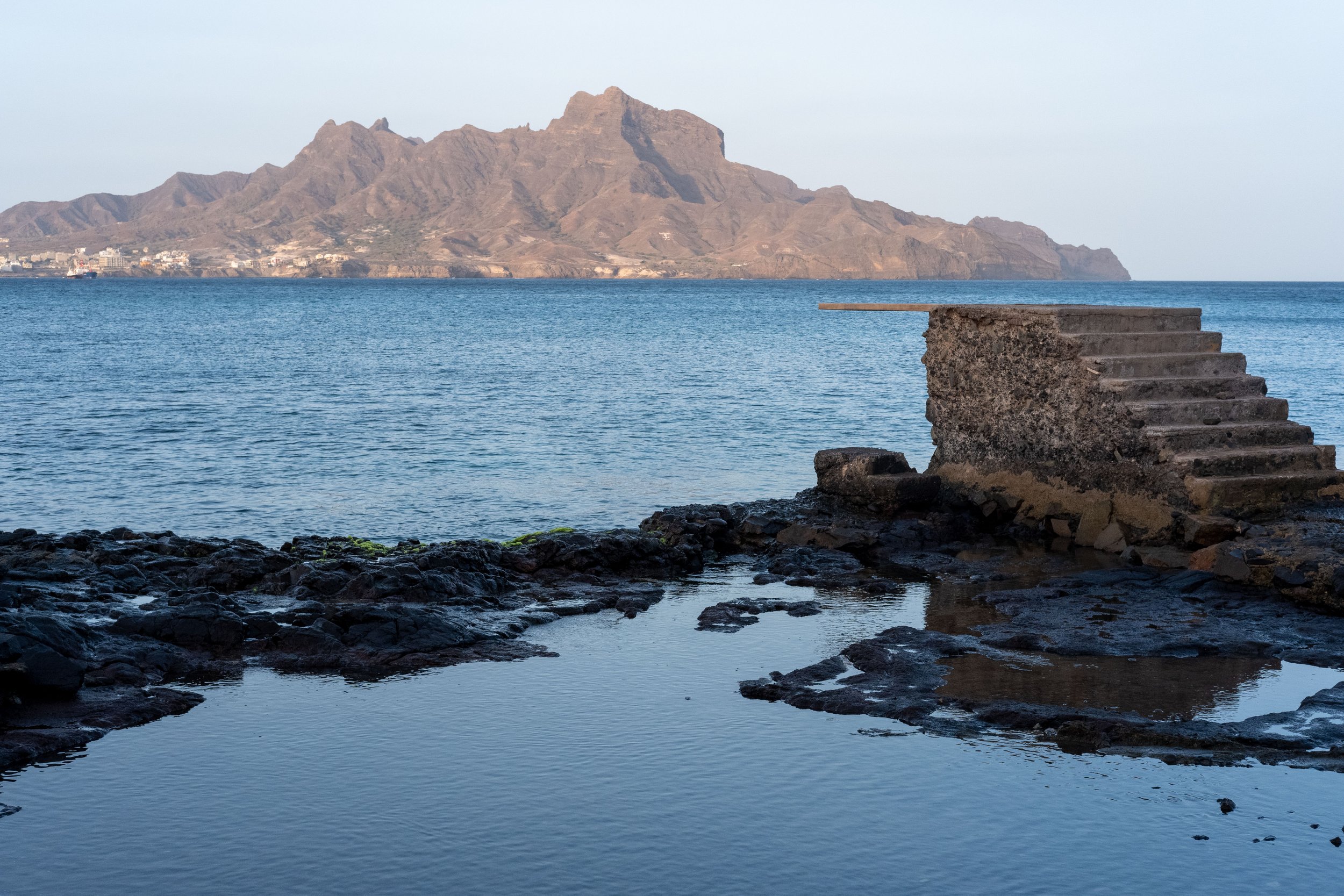Quebra Cabeça de Cabo Verde
Countries you were in: Timor-Leste, Cabo Verde
Countries for next quarter: Angola, Moçambique
Current location: Luanda, Angola
Bom dia a todos!
I am smack dab in the middle of the confusão in Luanda, Angola. These past few months, I’ve dealt with extreme exhaustion from starting over and saying goodbye. I really loved the people I met in Timor-Leste and I had a hard time moving on in February. However, Cabo Verde was right where I needed to be and I learned so much about myself, Cabo Verdean culture, and Portuguese colonial history.
I started off in Mindelo, São Vicente, the “cultural” capital of Cabo Verde. I experienced the chaos and beauty of their Carnaval that encompasses the whole island. I participated in some behind the scenes at the technical high school with a wonderful arts educator who taught me a lot about the importance of Cabo Verdean geography within world history, as well as the struggles of being a teacher, student, mom, and artist. I was in awe of her and I want to fight for people like her so that she can realize her creative ideas and get the support she deserves. Once I arrived in Cabo Verde, I would say I also experienced some project avoidance. It’s difficult when the country’s motto is “no stress”. I was isolating myself a bit more than normal and becoming a bit of a beach bum. But maybe this was my way of adjusting to island culture. Although, on an island so small it was impossible to avoid the art scene and I still met many friends, leaders, and artists. I think with this change, I was able to dive deeper into a couple of spaces, within myself, and eventually take some unexpected turns.
Napoleão Evanilda: Professora, Artista, Academica, e Mãe
My project started to focus more on decolonization and what that can look like spatially and internally. One creative space that I fell in love with was Bombu Mininu run by power couple, Antonio Tavares and Miriam Simas. Their artistic hub brought the discourse of decolonization and a positive representation of Cabo Verdean culture and language to the forefront. They also hosted local and diasporic artists for poetry readings, dance showcases, performance art, live music, etc. The space’s flexibility and freedom truly embody the artistic spirit of Cabo Verde where spontaneity and community are key.
I also had the pleasure of staying in Miriam and Antonio’s home which taught me a lot about the power of decolonization as a dinner table topic. I overheard many stories about the fight for independence, Cesaria Evora and her feminist spirit, as well as their ideas for the future of Bombu Mininu becoming a residency program and radical education project. I now see the necessity for decolonization as an everyday conversation, especially within intimate domestic spaces. Overall this year, I’ve also taken part in many strange religious experiences and was roped into their Nichiren Buddhist practice which was interesting because it did inform a lot of their work. However, I started to feel a bit overwhelmed and reactive to being heavily encouraged into daily religious practice and grappled more with my own spiritual journey and how to once again better express my personal boundaries.
These past few months, I thought a lot about why I want to continue with Portuguese and what learning about these countries and colonial history means for me. I now believe that understanding this linguistic world and specific history is key to moving forward in the fight for decolonization worldwide. I believe that this colonial history is also at the root of many ongoing American imperial efforts. To further explore this topic, I headed for the first inhabited settlement/enslaved society in Cabo Verde, Cidade Velha, Santiago. In Cidade Velha, I felt the intense weight of Portuguese colonialism and Catholicism. I realize now how much unlearning I have to do when it comes to my understanding of colonialism, imperialism, and religion and how it deeply affects the art world. This realization sent me on a spiral of processing it all through art and self-discovery.
This journey also involved many vulnerable conversations which helped me let go of more fear within myself. The little things like swimming in the ocean and learning how to dance Kizomba also helped me let go. I also learned to grapple with my past, the triggers that come up from moving around a lot, being open about my family and growing into and questioning certain labels of artist, woman, traveler, etc. After Dili, I also saw how throughout my life my anchor truly has been art and human cross-cultural connection. Yet, I still tend to feel really insecure about my own voice, self-expression, and where I belong within an art world that can be very exclusive and judgmental.
Coming into this project, I wanted to find specific strategies for deconstructing these hierarchies, but I know now how specific it is to each cultural context and urban geography. I’ve become more interested in spaces like Pilurinhu in Praia which is inspired by the radical pan-African leader, Amilcar Cabral. This association’s community centred ideology and youth leadership gave me hope again for the endless possibilities within the arts and activism. The space’s occupation of an abandoned market and its positive influence within the neighborhood’s street art scene was the complete opposite of the street art initiative I saw in Lisbon earlier this year. The association is still led by youth community members and its efforts expand beyond just the visual arts; there is a medical center, local garden, library, and more. It truly embodied the best parts of the collective and art's transformative power.
At first glance, Luanda’s art scene seems to be very elite. There are many galleries full of astounding works, but all of the spaces are owned by Europeans. I live on the outskirts, so it is a struggle to access these spaces and I can’t imagine how difficult it is for the average person in Luanda. I am thinking even more about my own city, how I don’t know its art scene well anymore, and what kind of spaces I imagine. Towards the end of my Watson year, it’s hard to avoid thinking about home and I am trying my best to stay present for the last few months. Thank you again for this beautiful experience.
Beijos,
Vivian B.




